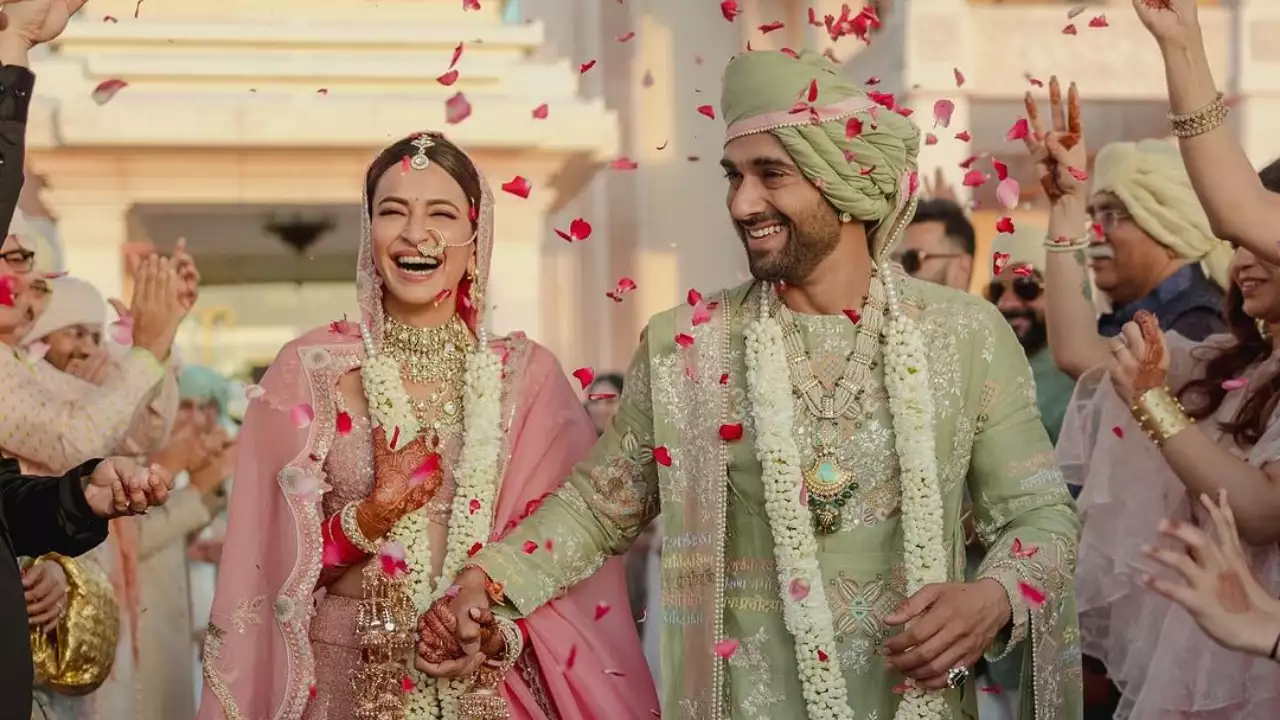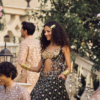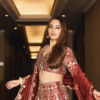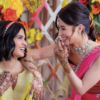Few accessories in a bride’s trousseau hold as much intrigue, symbolism, and timeless allure as the veil. It’s not just a piece of fabric—it’s a story, a sentiment, and a legacy that ties centuries of tradition to modern-day style. Whether it’s the cascading white tulle of a Western bride or the richly embroidered dupatta gracing an Indian wedding, veils have an uncanny ability to transform a bride into the epitome of elegance and grace.
But how did this simple drape come to mean so much? Why does a veil—or a dupatta—carry the weight of history, yet manage to stay so relevant in contemporary weddings? Let’s lift the layers, quite literally, and explore the fascinating journey of veils across time and cultures.
The beginning of the bridal veil: A fabric of myth and mystique
The origins of the bridal veil are steeped in both practicality and mysticism. In Ancient Rome, brides wore flame-coloured veils called ‘flammeum’ to protect themselves from malevolent spirits. These veils weren’t just decorative; they served as talismans, casting an otherworldly aura around the bride. As weddings became more ceremonial during the medieval Christian era, veils took on a new role, symbolising modesty and chastity.
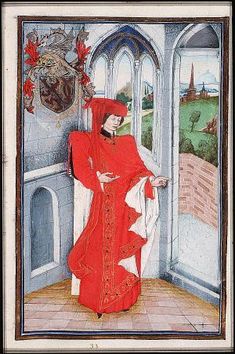
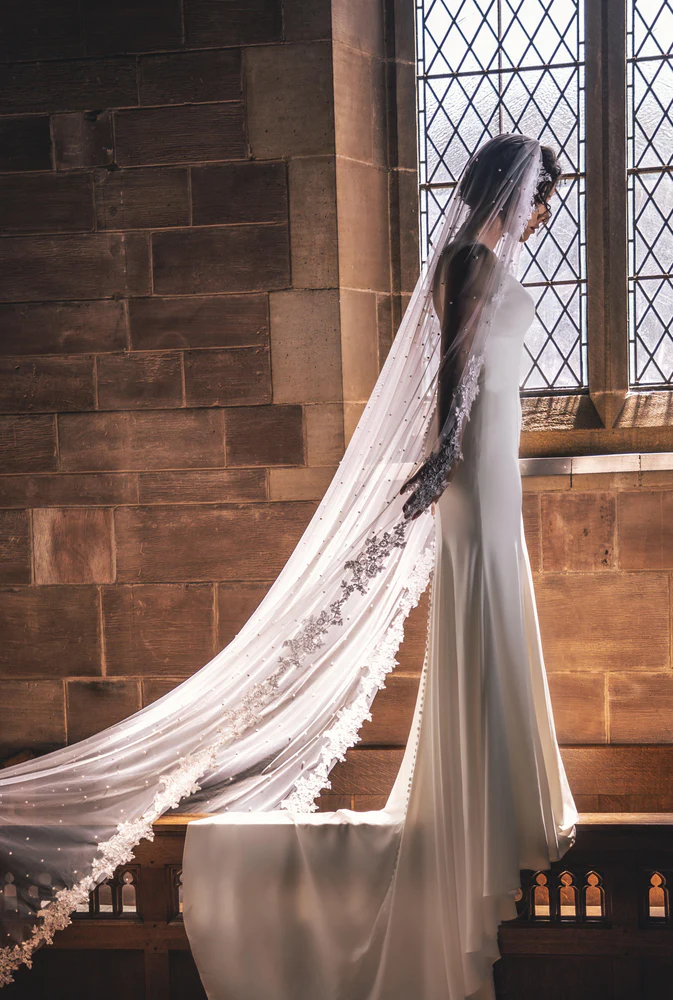
Fast forward to the Victorian era, and the wedding veil as we know it was born. Queen Victoria, a true trendsetter, walked down the aisle in a veil that cascaded dramatically over her face and shoulders. Her choice was a revolutionary departure from the extravagant crowns and jewels of royal brides before her. Suddenly, veils weren’t just a tradition—they were a statement of romanticism and elegance.
Veils in the Indian context: The revered dupatta
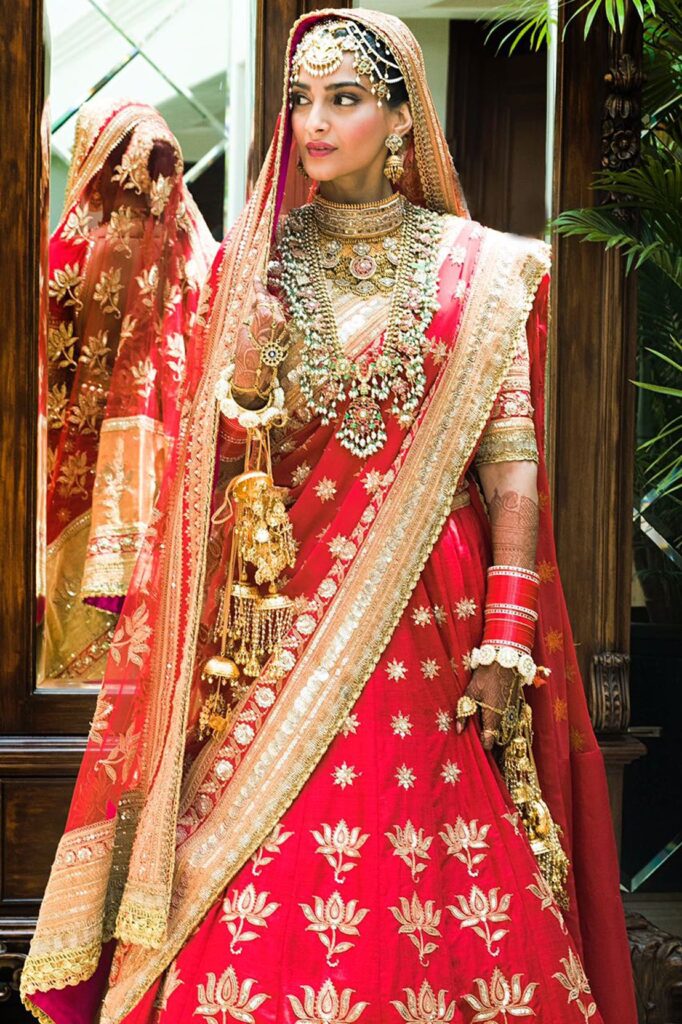
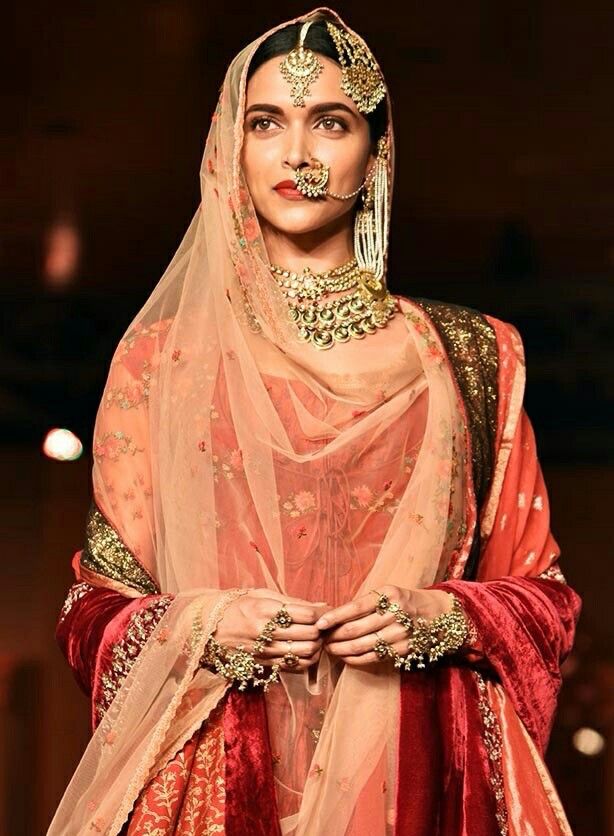
Halfway across the globe, the Indian dupatta was weaving its own narrative. Unlike its Western counterpart, the dupatta wasn’t confined to weddings—it was an everyday symbol of modesty and grace in Indian culture. For brides, however, it became a sacred adornment, embodying blessings, cultural identity, and familial pride. The bridal dupatta is often a canvas for artisans to showcase their craft, from delicate zari work and resham embroidery to bead embellishments and sequins. Draped over the bride’s head, it frames her face like a painting, exuding elegance and reverence. The colours, too, are symbolic: red for love and fertility, gold for prosperity, and green for renewal. Every stitch, every fold carries meaning.
Symbolism: More than what meets the eye
Beyond their visual appeal, veils and dupattas are rich with symbolism. In many Western traditions, the veil was used to create an air of mystery around the bride. It wasn’t just about modesty; it was a romantic gesture that shielded her from the world until her new husband revealed her face, marking their union. For Indian brides, the dupatta is equally layered with meaning. It’s not just a fashion statement—it’s a rite of passage. Often gifted by elders or part of the bridal trousseau, it carries familial blessings and ancestral wisdom. It’s a reminder of the bride’s roots as she embarks on a new journey.
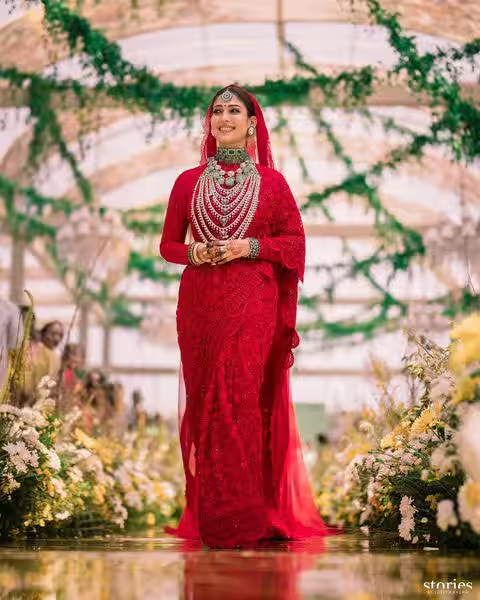
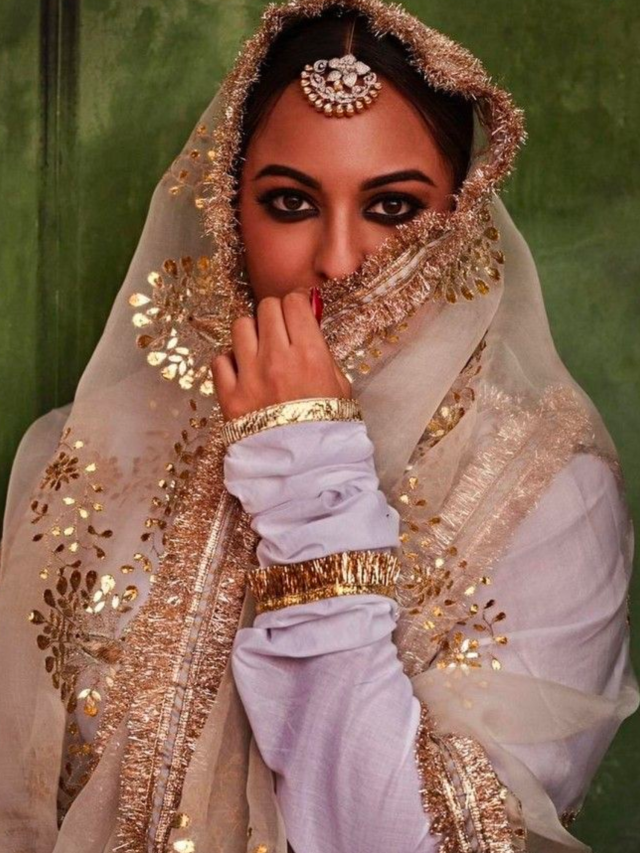
Today’s brides are redefining veils and dupattas in ways that honour tradition while embracing individuality. Western brides are opting for minimalist veils, hand-painted with personal messages, or ditching the veil altogether in favour of statement jewellery. Short veils, birdcage veils, and even coloured veils are having a moment, proving that there’s no one-size-fits-all approach. Indian brides, too, are shaking things up. Some are layering two dupattas—one for the head and another styled innovatively around the outfit. Others are playing with sheer fabrics like organza and net, or opting for bold, unconventional colors. The result? A seamless blend of age-old customs and fresh, contemporary aesthetics.
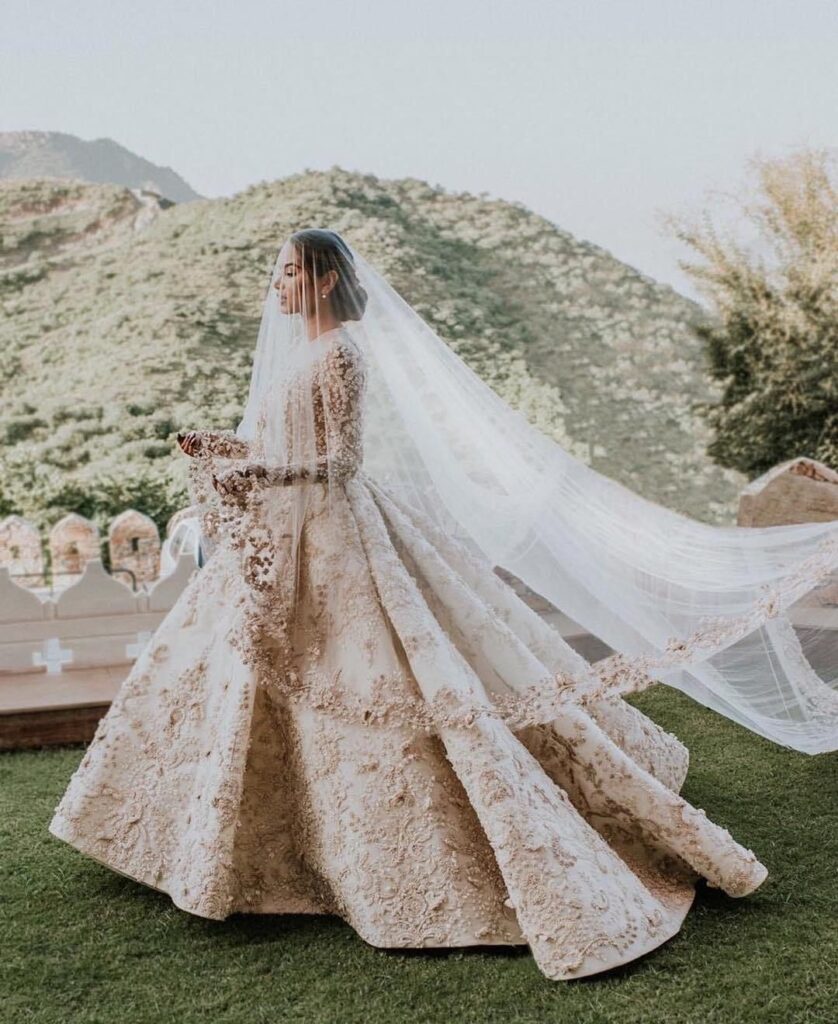
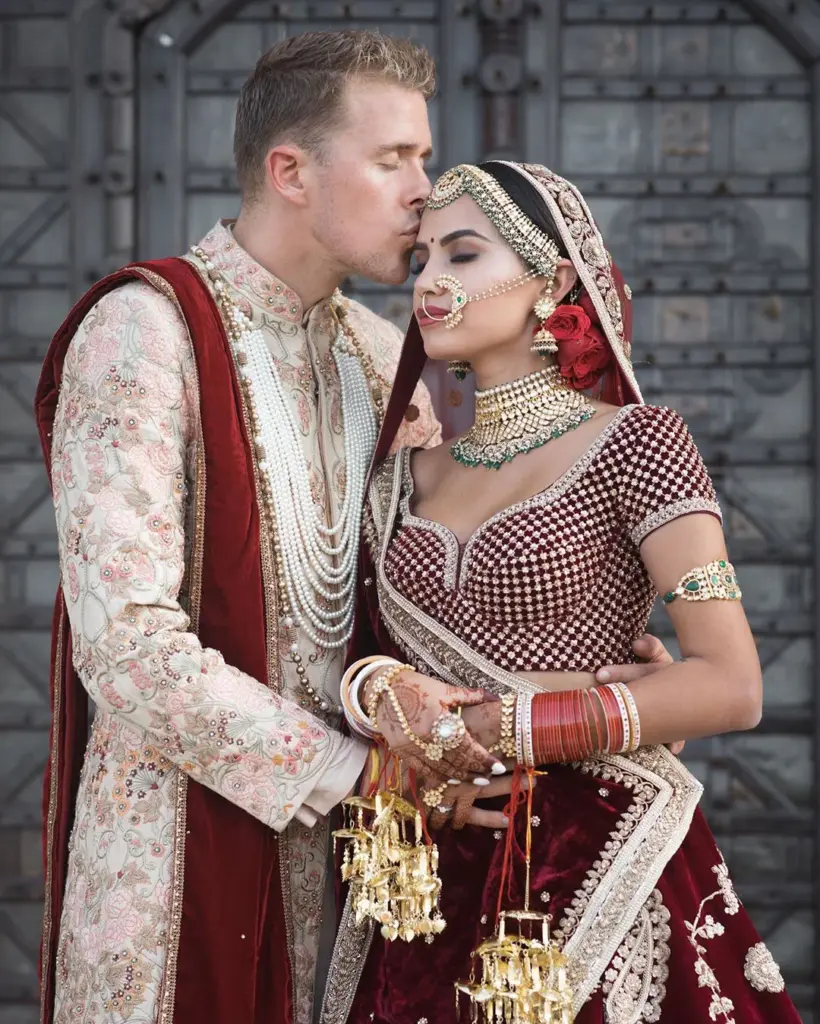
We live in an era of multicultural weddings, where the veil and dupatta are finding new interpretations. A Western bride marrying into an Indian family might wear a dupatta, while an Indian bride marrying abroad could incorporate a lace veil into her ensemble. Some brides even blend the two, wearing a veil draped like a dupatta for a hybrid look that’s as unique as their love story. This cultural fusion is a beautiful reminder of how traditions evolve while retaining their essence. Whether it’s a veil with intricate zardozi work or a dupatta paired with a chic modern lehenga, the possibilities are endless.
Draped in legacy and love
A wedding veil or dupatta is more than just a piece of fabric. It’s a whisper of the past, a celebration of the present, and a promise for the future. It wraps the bride not only in beauty but also in love, tradition, and individuality. As brides across the world continue to embrace their veils and dupattas—whether in homage to history or as a modern reinterpretation—they prove that some traditions are truly timeless. Because in the end, a veil isn’t just something you wear; it’s something you feel. It’s the gentle weight of heritage and the buoyancy of dreams, draped delicately on a day that will be remembered forever.



